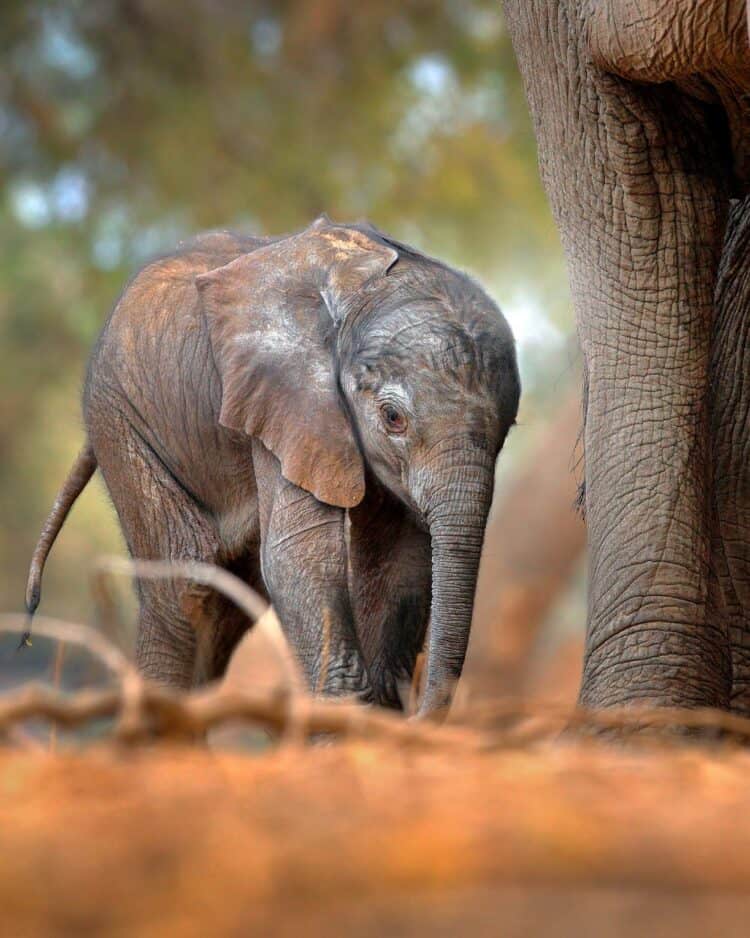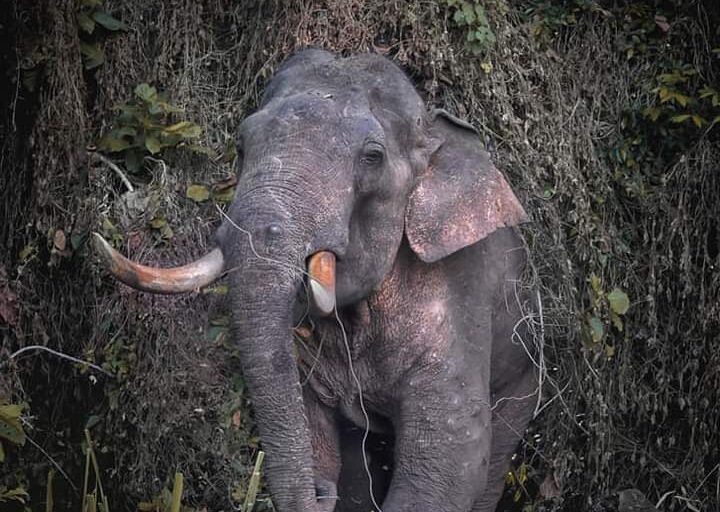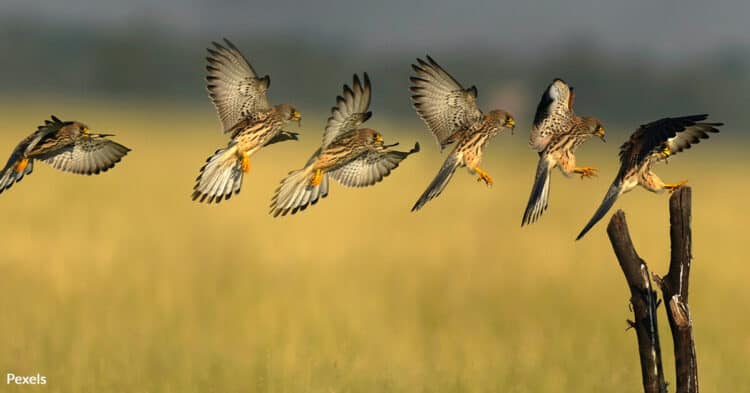New, secretly obtained photos show that elephants snatched from the wild in Zimbabwe months ago and airlifted recently to China are malnourished, sunken-looking, and scarred by wounds.
“These calves look really horrible,” says Joyce Poole, co-founder of ElephantVoices, a Kenya-based research and advocacy organization. Poole reviewed the photos, which were sent exclusively to National Geographic.
“I have seen at least 23 elephants,” wrote Chunmei Hu, a project manager with Nature University, a Beijing-based environmental NGO.










Hu says she took the photos on Monday at the Qingyuan Chimelong quarantine facility, in Guandong Province. “Most of the elephants have been hurt.”
Last month, conservationists alerted National Geographic that Chinese crews were in Hwange National Park—where tens of elephants had been held since November 2014—readying them for transport to China.
China’s purchase of the elephants from Zimbabwe is sanctioned under the Convention on International Trade in Endangered Species of Wild Fauna and Flora (CITES).
CITES General Secretary John Scanlon released a statement confirming the transfer of 24 elephants to China earlier this month. The statement said the elephants are destined for the massive Chimelong Safari Park, in Guangdong.
The export has been decried by animal welfare advocates and conservation organizations around the globe. Opponents say it’s cruel to subject elephants—known for their emotional depth, cooperative nature, and great intelligence—to the trauma of separation from their kind and confinement in prison-like zoos and safari parks.
Zimbabwe announced earlier this year that it would be selling more elephants abroad.
Bullhooks or Infighting?
Poole says the elephants—many as young as four—have protruding cheekbones, lackluster skin, a mottled complexion—which signifies poor condition—and abrasions.
She speculates that the wounds may have been inflicted by people, or by infighting among the elephants, or during their journey from Zimbabwe to China. Or indeed by a combination of all three.
Many of the injuries “are consistent with bullhook wounds,” Poole says, which are sometimes used in transporting and disciplining elephants. (Bullhooks are poker-like, metal instruments traditionally used to “train” elephants.)
“The calves are covered with so many smaller and larger wounds that no matter what they were caused by, the owners and/or handlers must be held accountable,” she says.
Attempts to reach the Qingyuan Entry-Exit Inspection and Quarantine Bureau, which oversaw the creation of the Chimelong facility, have not been successful. National Geographic also asked Meng Xianlin, Executive Director-General of the CITES Management Authority of China, to comment. No response was received by the time of publication.
Scott Blais, the CEO of the Global Sanctuary for Elephants, a Tennessee-based organization that aims to create a network of refuges for captive elephants, also reviewed the photographs. Blais once worked in the captive elephant industry.
Blais doesn’t think bullhooks are largely to blame for the wounds: “Many are in areas that a hook wouldn’t typically be used, and there are abrasions that are atypical for hook injuries.”
Rather, he believes, the wounds—some of which are deep and weeks old—are from infighting.
Blais says that what lies ahead for these elephants is many years of unnaturally aggressive behavior. “They’ve already started to lose empathy for one another,” he says, “which is a core element of their normal state of being.”
At such a young age, he says, “these elephants need to be consoled, comforted, and protected.” Instead, the captive environment “leaves a void for healthy emotional, psychological, and physical development. Humans are taking away everything that is fundamentally ‘elephant.’”
This article was first published by National Geographic on 15 Jul 2015.






Leave a Reply